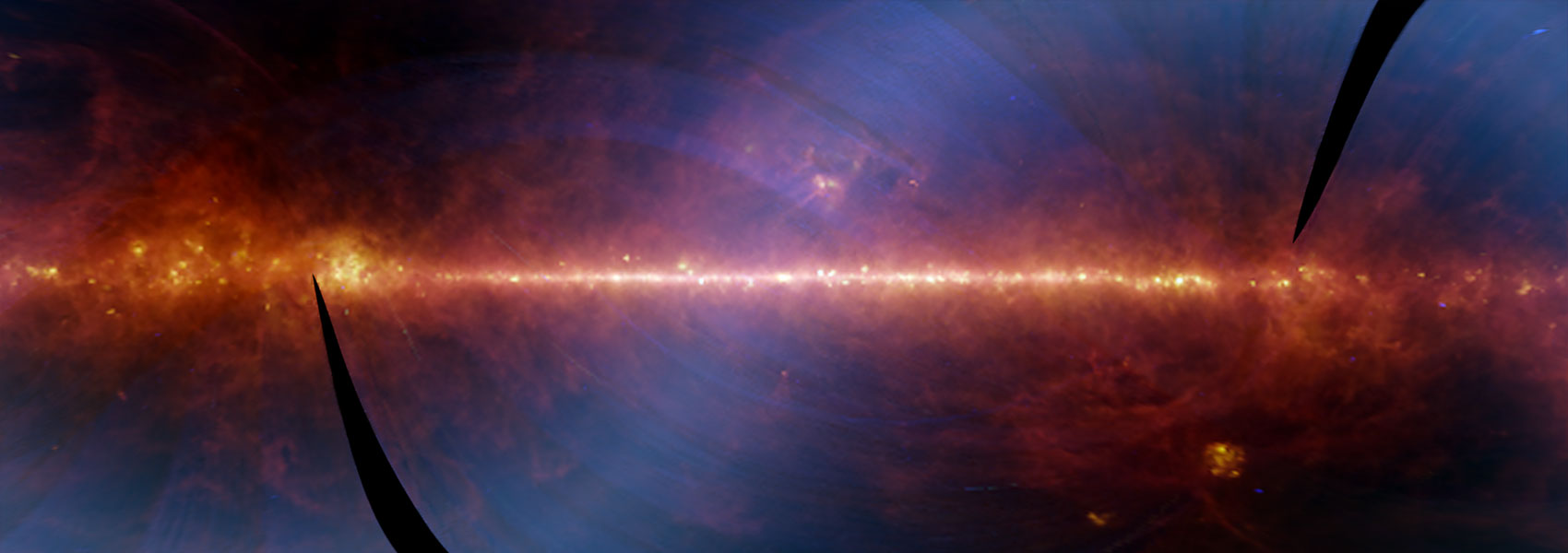June
2014
•
2014ApJ...788...48S
Authors
•
Shappee, B. J.
•
Prieto, J. L.
•
Grupe, D.
•
Kochanek, C. S.
•
Stanek, K. Z.
•
De Rosa, G.
•
Mathur, S.
•
Zu, Y.
•
Peterson, B. M.
•
Pogge, R. W.
•
Komossa, S.
•
Im, M.
•
Jencson, J.
•
Holoien, T. W. -S.
•
Basu, U.
•
Beacom, J. F.
•
Szczygieł, D. M.
•
Brimacombe, J.
•
Adams, S.
•
Campillay, A.
•
Choi, C.
•
Contreras, C.
•
Dietrich, M.
•
Dubberley, M.
•
Elphick, M.
•
Foale, S.
•
Giustini, M.
•
Gonzalez, C.
•
Hawkins, E.
•
Howell, D. A.
•
Hsiao, E. Y.
•
Koss, M.
•
Leighly, K. M.
•
Morrell, N.
•
Mudd, D.
•
Mullins, D.
•
Nugent, J. M.
•
Parrent, J.
•
Phillips, M. M.
•
Pojmanski, G.
•
Rosing, W.
•
Ross, R.
•
Sand, D.
•
Terndrup, D. M.
•
Valenti, S.
•
Walker, Z.
•
Yoon, Y.
Abstract
•
After the All-Sky Automated Survey for SuperNovae discovered a significant brightening of the inner region of NGC 2617, we began a ~70 day photometric and spectroscopic monitoring campaign from the X-ray through near-infrared (NIR) wavelengths. We report that NGC 2617 went through a dramatic outburst, during which its X-ray flux increased by over an order of magnitude followed by an increase of its optical/ultraviolet (UV) continuum flux by almost an order of magnitude. NGC 2617, classified as a Seyfert 1.8 galaxy in 2003, is now a Seyfert 1 due to the appearance of broad optical emission lines and a continuum blue bump. Such "changing look active galactic nuclei (AGNs)" are rare and provide us with important insights about AGN physics. Based on the Hβ line width and the radius-luminosity relation, we estimate the mass of central black hole (BH) to be (4 ± 1) × 107 M ⊙. When we cross-correlate the light curves, we find that the disk emission lags the X-rays, with the lag becoming longer as we move from the UV (2-3 days) to the NIR (6-9 days). Also, the NIR is more heavily temporally smoothed than the UV. This can largely be explained by a simple model of a thermally emitting thin disk around a BH of the estimated mass that is illuminated by the observed, variable X-ray fluxes.
Links



